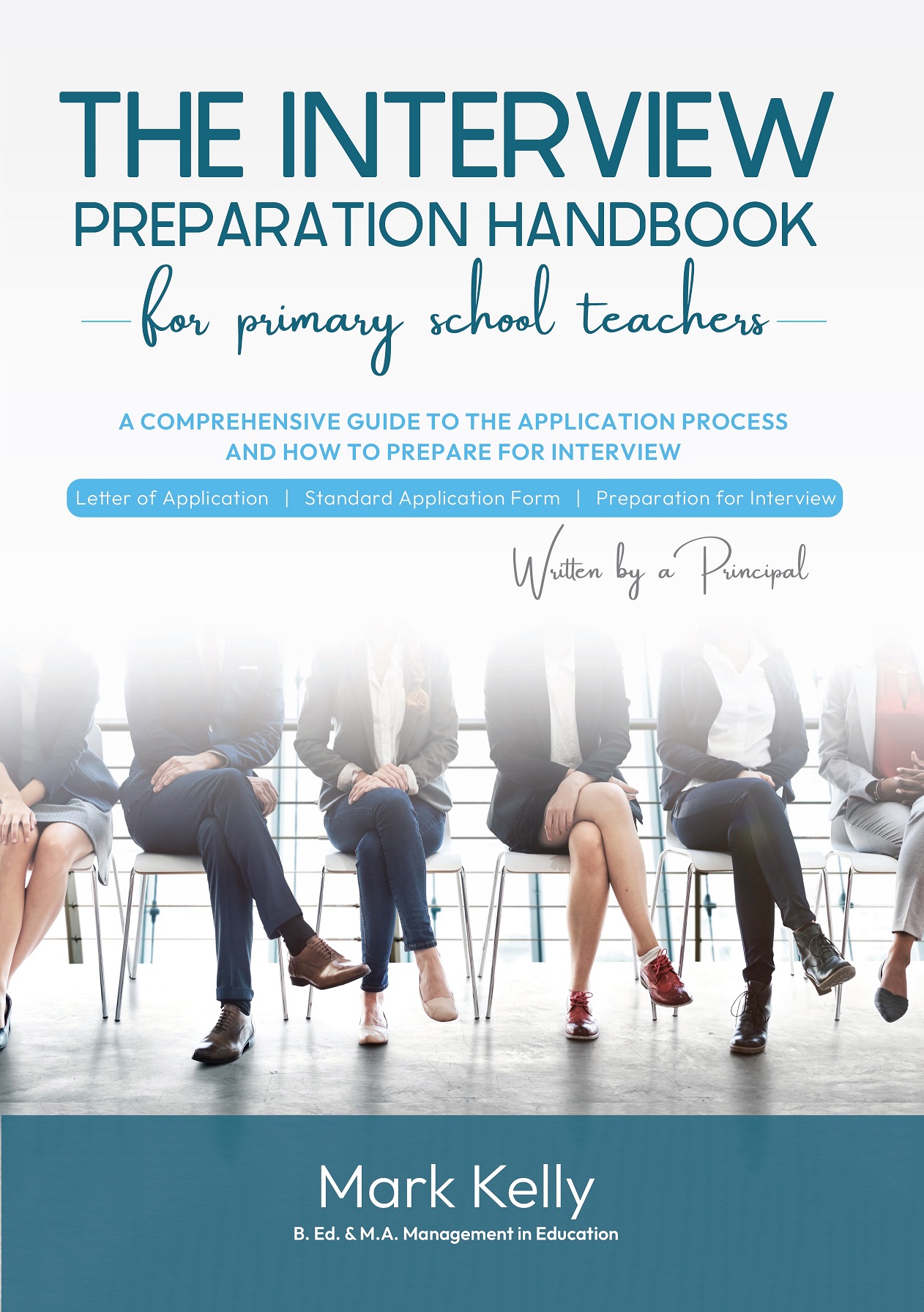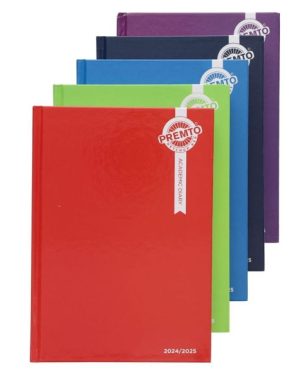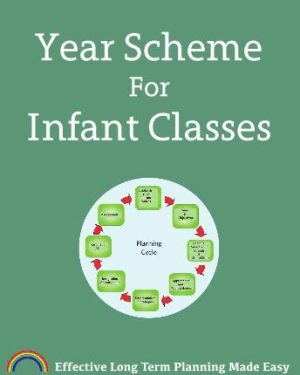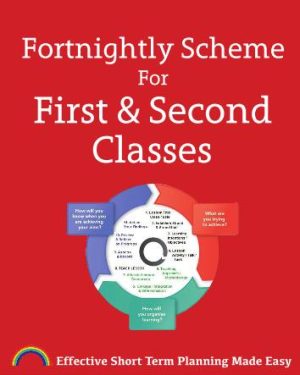The Interview Preparation Handbook for Primary School Teachers
€24.95
1 in stock
Are you going for a teaching position? Then you need to read this book! This book has been written to help primary school teachers secure an interview for the advertised job, and then perform to a very high level at the interview itself.
It will also be of immense interest to any principal who has a post to fill and interviews forthcoming!
Description
Mark Kelly is a primary school principal, and has interviewed hundreds of candidates for primary school teaching positions, both as principal and as independent assessor for other schools. He has interviewed candidates for principalships, deputy principal and assistant principal posts, as well as teaching and SNA positions.
This book has been written to help primary school teachers secure an interview for the advertised job, and then perform to a very high level at the interview itself. It has been written from the perspective of the principal and selection board, and outlines the information and preparation necessary to succeed, based on the experience of sifting through thousands of applications and the resulting interviews.
Of course, it will also be of immense interest to any principal who has a post to fill and interviews forthcoming.
The book is divided into two parts.
- The Application Process
- Interview Preparation
It provides guidance on
- Chapter 1: Before You Begin Applying.
- Chapter 2: The Primary School System in Ireland
- Chapter 3: Sequence of Employment
- Chapter 4: The Recruitment Process
- Chapter 5: Timelines for the Recruitment Process
- Chapter 6: Types of Teaching Contracts
- Chapter 7: A Typical Progression
- Chapter 8: Advertising of Positions
- Chapter 11: Application
- Chapter 12: My Strengths and My Stories
- Chapter 13: Letter of Application
- Chapter 14: Constructing a Solid SAF (Standard Application Form)
- Chapter 15: References
- Chapter 16: Networking
- Chapter 17: Application Checklist
- Chapter 18: The Selection Board
- Chapter 19: Shortlisting
- Chapter 20: Typical Shortlisting Procedure
- Chapter 21: Improving Your Chances
- Chapter 22: Thirty One Ways to Improve Your SAF
- 10 Ways to Damage Your SAF/Letter of Application
- Chapter 23: Application Process FAQs
Part Two helps teachers to prepare for a job interview.
- Chapter 24: Interview Notification
- Chapter 25: Research
- Chapter 26: Anatomy of an Interview
- Chapter 27: First Impressions
- Chapter 28: Questions
- Chapter 29: The Introductory Question
- Chapter 30: Questions Related to Ethos and Religion
- Chapter 31: The Main Body of Questions
- Chapter 32: A Strong Finish
- Chapter 33: Answering the Questions
- Chapter 34: Question Keywords
- Chapter 35: Answering Techniques – Theoretical and Experiential Answering
- Chapter 36: Answering Techniques – Proactive and Reactive Answering
- Chapter 37: Answering Techniques – The Improvement Cycle
- Chapter 38: Answering Techniques – Priority Answering
- Chapter 39: CAR and STAR Approaches to Answering
- Chapter 40: Marking
- Chapter 41: The Day before the Interview
- Chapter 42: On the Day of the Interview
- Chapter 43: Overcoming Interview Nerves
- Chapter 44: Answer Length
- Chapter 45: Reading the Selection Board’s Body Language
- Chapter 46: When Will I Find Out if I Was Successful at Interview?
- Chapter 47: After an Unsuccessful Interview
- Chapter 48: Top 10 Reasons for an Unsuccessful Interview
- Chapter 49: Controlling the Controllables
- Chapter 50: Positive Thinking and Positive Body Language
- Chapter 51: Remote Interviews
- Chapter 52: What Happens If I Do Well at Interview?
- Chapter 53: What If the Job is Okay but Maybe I Could Do Better?
- Chapter 54: Interview FAQs
- Chapter 55: Panels
- Chapter 56: Panel Appointments
- Chapter 57: The Effect of CIDs and Panels
- Chapter 58: Sample Questions
- Chapter 59: What Makes a Good Teacher?
- Chapter 60: The Last Word







Reviews
There are no reviews yet.